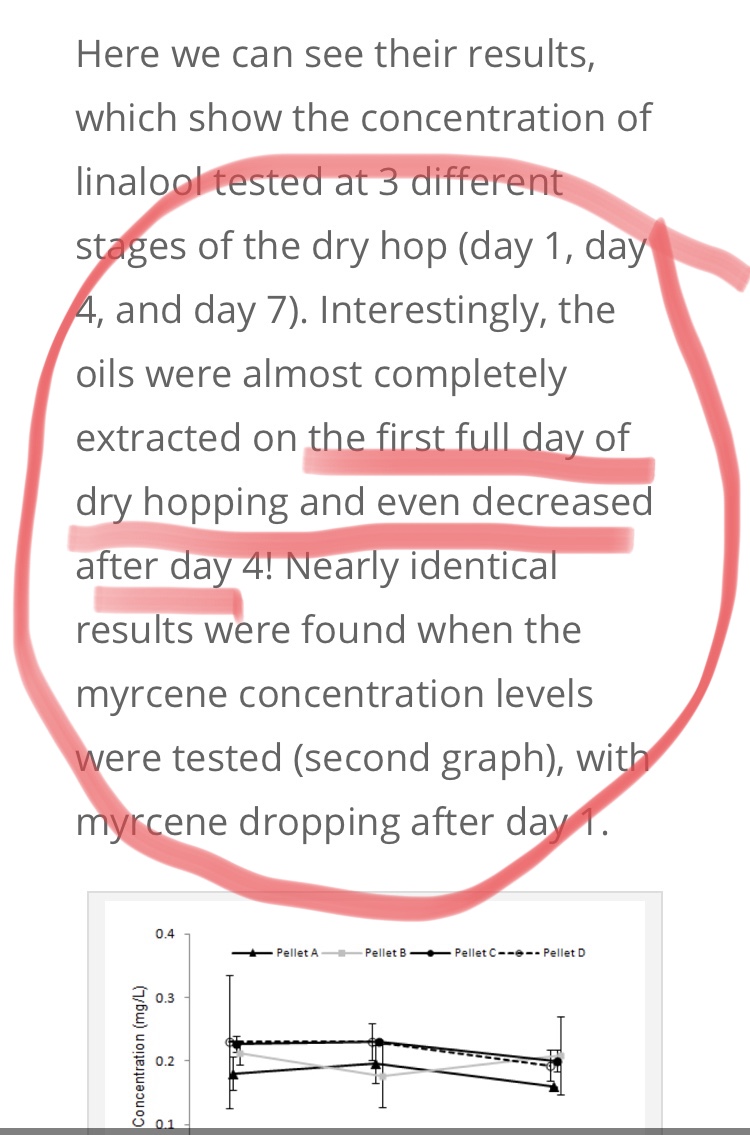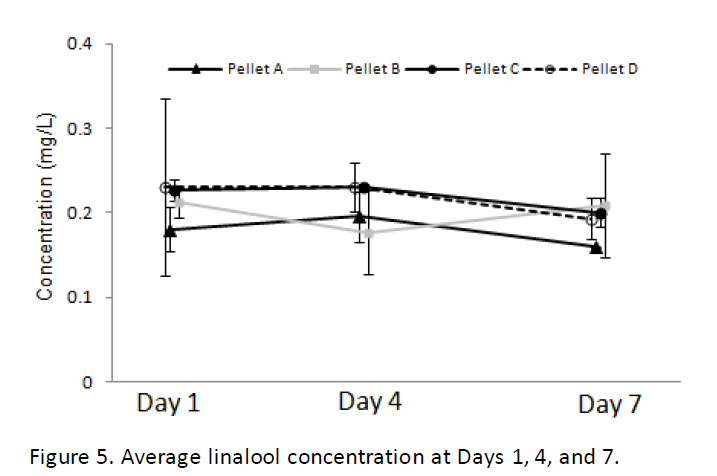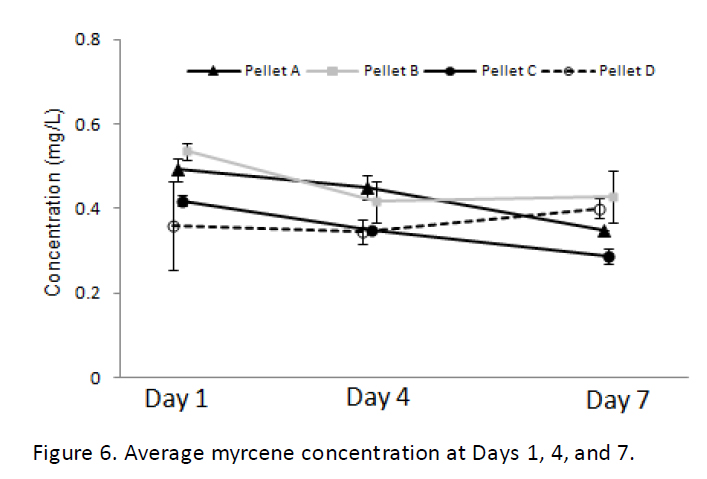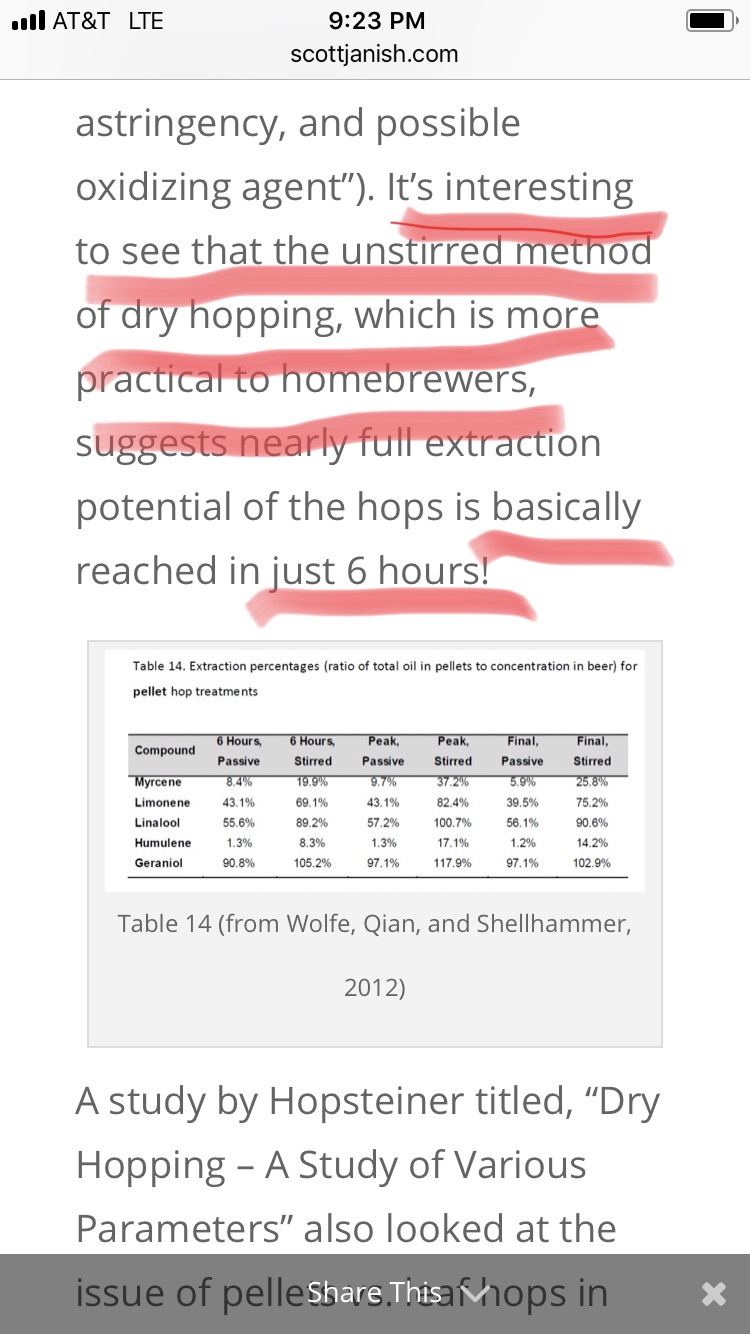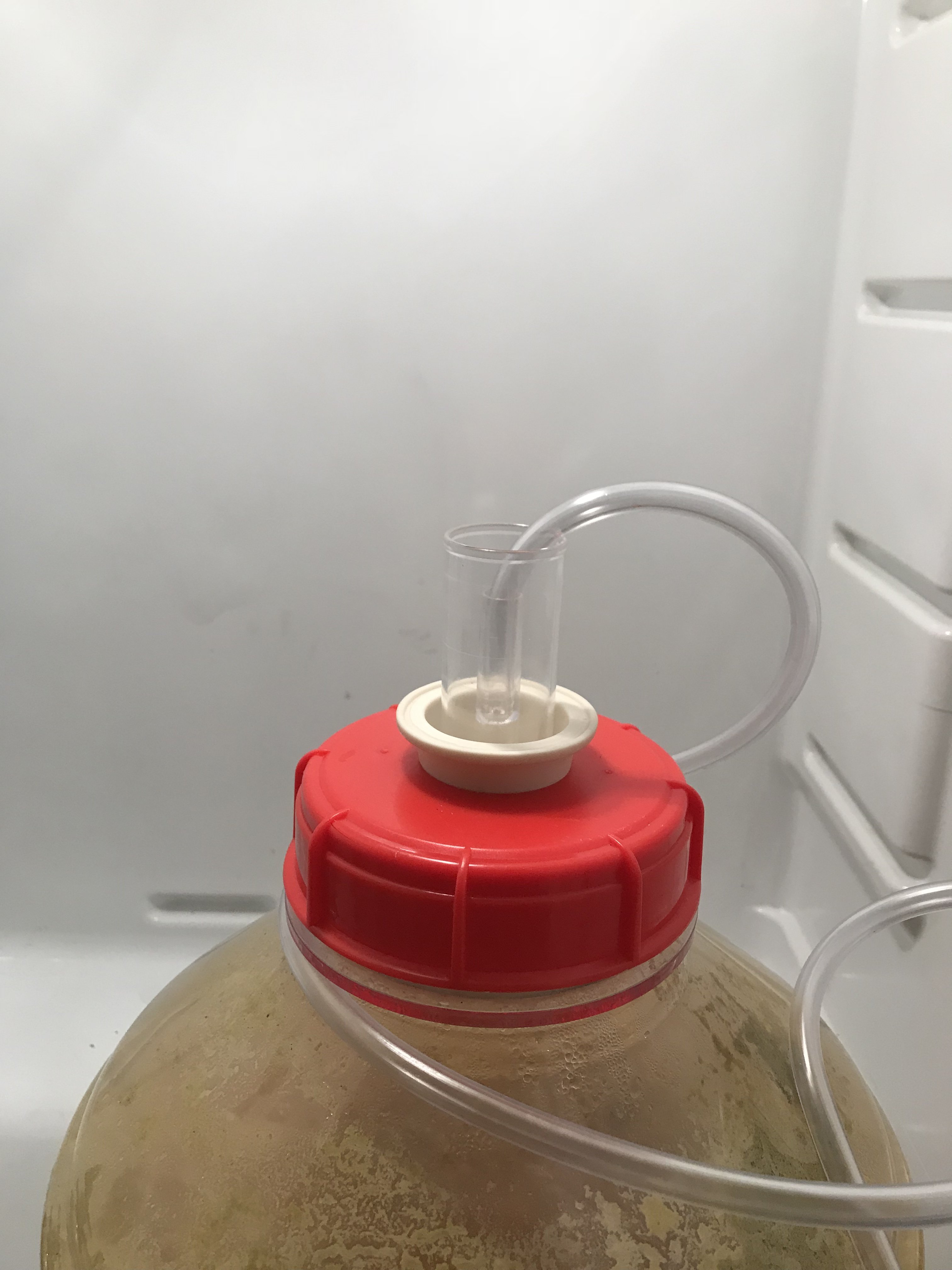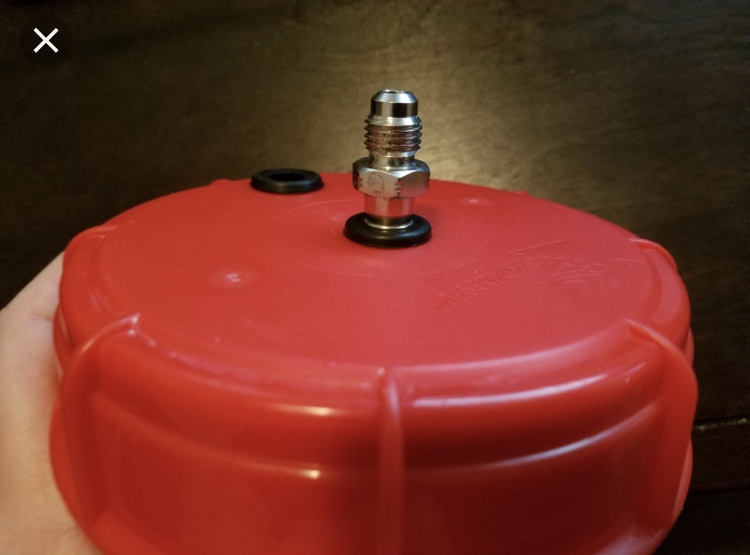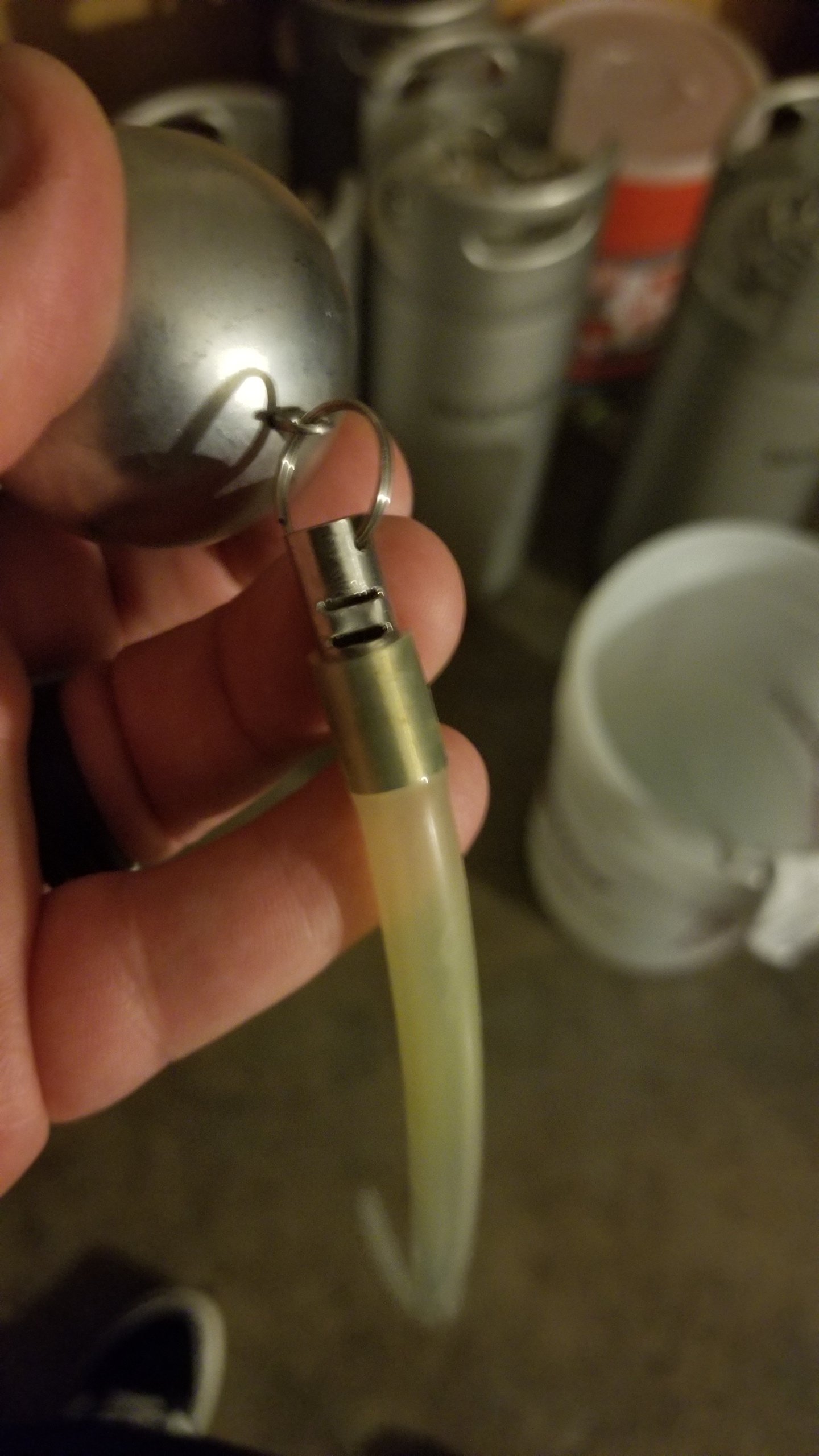beervoid
Hophead & Pellet Rubber
6 pounds per barrel is almost 16oz in 5 gallons.I don't think its that unrealistic.. My last neipa I dry hopped with 10 ounces for a 5 gal batch. 6 pounds in a barrel is just slightly more oz/gal then mine. (mine is 2 oz/gal, that is 2.2 oz/gal)
It is a straight fruit bomb. Other homebrewers/craft beer drinkers think I put fruit in it. There may be a few outliers that lie (pun intended) about dry hopping, but there are some super dry hopped beers I've drank lately. Especially from local breweries.
That being said, it is overkill IMO and I will tone it down a bit next time, but it is delicious none the less
10oz in 5 gallons is about 4 pounds per barrel, from my experiments this is absolute borderline where you dont really taste a difference.
Commercial brewers aren't throwing money and hops away I hope.















































![Craft A Brew - Safale S-04 Dry Yeast - Fermentis - English Ale Dry Yeast - For English and American Ales and Hard Apple Ciders - Ingredients for Home Brewing - Beer Making Supplies - [1 Pack]](https://m.media-amazon.com/images/I/41fVGNh6JfL._SL500_.jpg)










